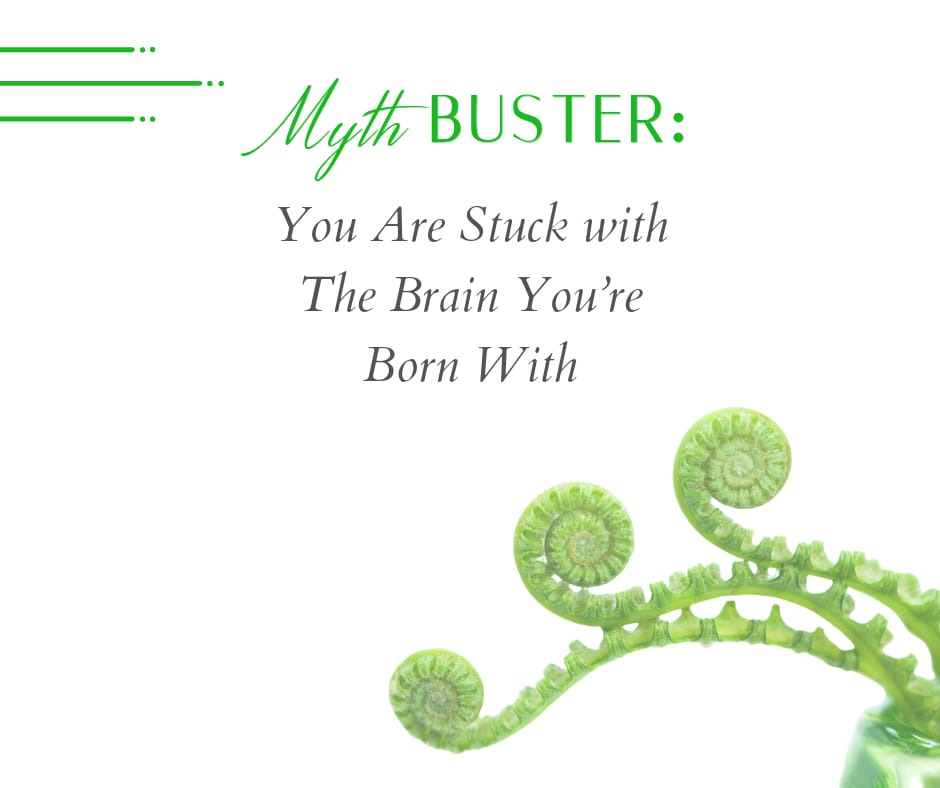Once upon a time in the far distant past of medieval medicine (pre-1960’s) doctors and
scientists thought this to be true, and so the world thought this to be true. This belief has
now gone the way of other beliefs like margarine is good for us, or little green men live
on Mars.
Since the swingin’ sixties, the term neuroplasticity was added to the dictionary, defined
as, “The ability of the brain to form and reorganize synaptic connections, especially in
response to learning or experience or following injury.” In other words, learning and
challenging the brain creates new cells and lays new track, especially in our beloved
hippocampus. Scientists now know we can build up brain capacity until the very end.
Even when some parts of our brains diminish due to injury, illness, or disease, if we
continue to feed our heads, our brains will respond positively.
More evidence comes from the fifteen-year Nun Study conducted at the University
of Kentucky, which studied over 650 Catholic sisters, aged 75 to 107, who were
members of the Notre Dame congregation. All lived very similar lives and each
had annual cognitive and physical evaluations throughout the study. Researchers
found that women who were more inclined to learn throughout their lives showed
far less incidence of Alzheimer’s than those sisters who were less keen on
learning new things. Just another example of how miraculous the human body is
and how once again, the adage proves true: “Use it, or lose it.” Today,
neuroplasticity is an accepted fact that we hope debunks this myth once and for
all.
Whew!
223223
12 Comments
38 Shares
Like
Comment
Share

